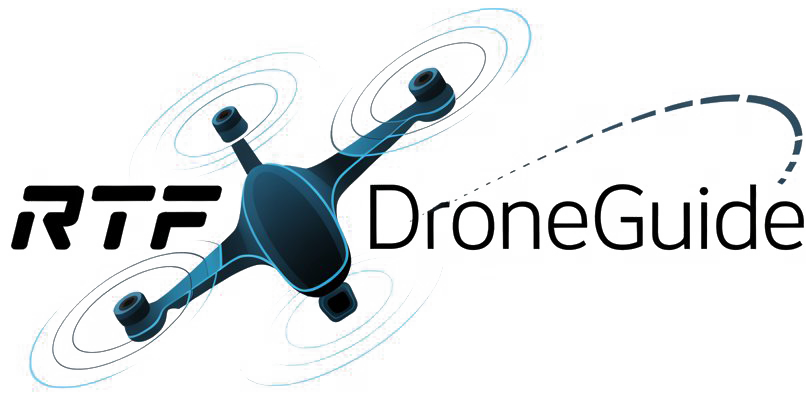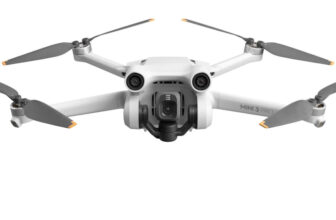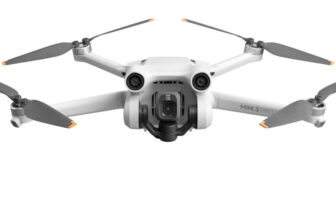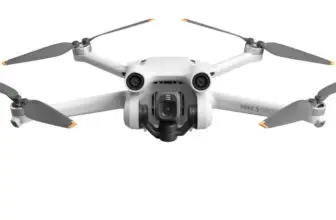A Beginner’s Guide to Mini Drones with Cameras
What Are Mini Drones?
Mini drones, often referred to as mini UAVs (Unmanned Aerial Vehicles), are small-sized flying devices equipped with advanced technology including cameras and sensors. Their compact size typically allows them to fit in the palm of your hand, making them very portable and suitable for both indoor and outdoor flight. These drones are generally lightweight, easy to maneuver, and known for being user-friendly, making them an excellent choice for beginners in the world of drones.
Types of Mini Drones
Camera Drones: These drones come equipped with a built-in camera or an attachment for a smartphone. They are ideal for capturing aerial photos and videos.
Racing Drones: Designed for speed, these drones are often favored by hobbyists who enjoy drone racing competitions. While they may not have advanced camera features, they offer a thrill in terms of flying experience.
Toy Drones: Usually intended for kids or casual users, these drones are basic in function, affordability, and often lack advanced features but still provide a fun flying experience.
- Foldable Drones: These drones can be folded, making them highly portable. They often come with high-quality cameras and features, suitable for travel.
Key Features to Look for in Mini Drones
When selecting mini drones with cameras, consider the following features:
Camera Quality: Look for drones with HD (720p) or Full HD (1080p) cameras. Some mini drones even offer 4K video capability. The camera’s performance is crucial for capturing high-quality images and videos.
Flight Time: Most mini drones run for approximately 5 to 20 minutes on a single charge. Longer flight times typically indicate a larger battery, which may affect weight.
Range: The operational range often dictates how far you can fly your mini drone. Ranges can vary from about 100 to 1000 meters.
Stability Features: Opt for drones equipped with GPS and altitude hold features. These help maintain stability and ensure smoother flying experiences.
Ease of Use: Look for drones that are easy to fly and control. Automatic take-off and landing features, along with one-button flips, can be great for beginners.
- Smartphone Compatibility: Many modern mini drones offer app compatibility that allows you to control the drone, view live feeds, and even program flight paths using a smartphone.
Mini Drone Usage Scenarios
Understanding potential uses for mini drones with cameras can help you pick the right model:
Aerial Photography: Ideal for enthusiasts wishing to capture stunning landscapes or events from a bird’s-eye view.
Travel and Adventure: Compact and lightweight, mini drones are perfect for documenting vacations and outdoor activities.
Hobby Flying: A great way to engage in a new hobby while honing piloting skills.
- Educational Tools: Mini drones can serve as an excellent educational device in schools, helping teach concepts related to aerodynamics and robotics.
Piloting Your Mini Drone: Tips for Beginners
Start Slow: Familiarize yourself with basic controls in an open area away from obstacles. Begin with short flights before attempting advanced maneuvers.
Check Local Regulations: Always adhere to local laws regarding drone usage, including restrictions on flying near airports or populated areas.
Understand Your Drone’s Features: Invest time in learning about the functions and capabilities of your model. Refer to the user manual for detailed instructions.
Practice Landing: Mastering landing techniques is crucial for the longevity of your drone. Practice in a controlled environment to prevent crashes.
- Fly in Good Weather: Windy or rainy conditions can severely affect a mini drone’s performance. Choose calm days for your initial flights.
Maintenance Tips for Mini Drones
Keeping your mini drone well-maintained can prolong its lifespan and optimize performance:
Regularly Check and Recharge Batteries: Over time, batteries can lose capacity. Regular checks and timely recharging can ensure optimal flight times.
Inspect Propellers: Damaged or worn propellers can affect stability and performance. Regular visual inspections and replacements if needed are crucial.
Clean the Drone: Dust and debris can interfere with functioning. Regular cleaning, particularly around the camera and sensors, will enhance performance.
Firmware Updates: Manufacturers often release firmware updates that can improve functionality. Regularly check to see if updates are available for your mini drone.
- Safe Storage: Protect your mini drone from extreme temperatures or humidity. Store it in a safe case to prevent physical damage.
Popular Mini Drones with Cameras for Beginners
Here’s a list of some popular mini drones suitable for beginners:
DJI Tello: Lightweight, easy to fly, the Tello features a 5 MP camera and can record 720p video. It also boasts various flight modes that make flying fun.
Holy Stone HS210: This toy drone is excellent for beginners, featuring easy controls and a 720p camera. It’s perfect for indoor flying.
Potensic A20: Known for its stability and beginner-friendly design, the A20 offers many features, including altitude hold and one-button take-off.
Hubsan H107D+: With a 720p HD camera and a pilot-friendly interface, this model also supports FPV (First Person View) flying, enhancing the flying experience.
- Snaptain SP300: This drone offers good camera quality and many smart features, including voice control and gesture control, making it engaging to fly.
Where to Buy Mini Drones with Cameras
Purchasing mini drones can be done through several popular platforms:
Online Retailers: Websites like Amazon, Best Buy, and B&H Photo Video offer a variety of mini drones. You can often read customer reviews and compare features.
Manufacturer Websites: Buying directly from companies such as DJI or Holy Stone can be advantageous as they often have promotions, warranties, and customer support.
Local Electronics Stores: Visiting a brick-and-mortar store allows you to ask questions, see models up close, and make an informed decision.
- Used Market: Platforms like eBay or local classifieds can offer more affordable options, but ensure to check the drone’s condition and seller ratings.
Mini Drone Regulations
Understanding the regulations surrounding mini drones is critical:
Registration: Depending on the weight of the drone, federal law may require registration with aviation authorities. Generally, if your drone weighs more than 250 grams, it must be registered.
Flight Restrictions: Keep aware of restricted zones, including near airports, military bases, and populated areas. Always prioritize safety.
- Drone Pilot Certification: While hobbyist drone pilots generally don’t need a certified license, commercial use requires proper certification and adherence to specific guidelines.
Final Thoughts on Mini Drones with Cameras
Entering the world of mini drones with cameras can be an exciting venture. With their user-friendly features, compact size, and affordability, they serve as an excellent gateway for beginners looking to explore aerial photography or simply enjoy flying. By considering the features, usage scenarios, and regulatory frameworks, beginners can choose the ideal mini drone that not only meets their needs but also enhances their flying experience.





